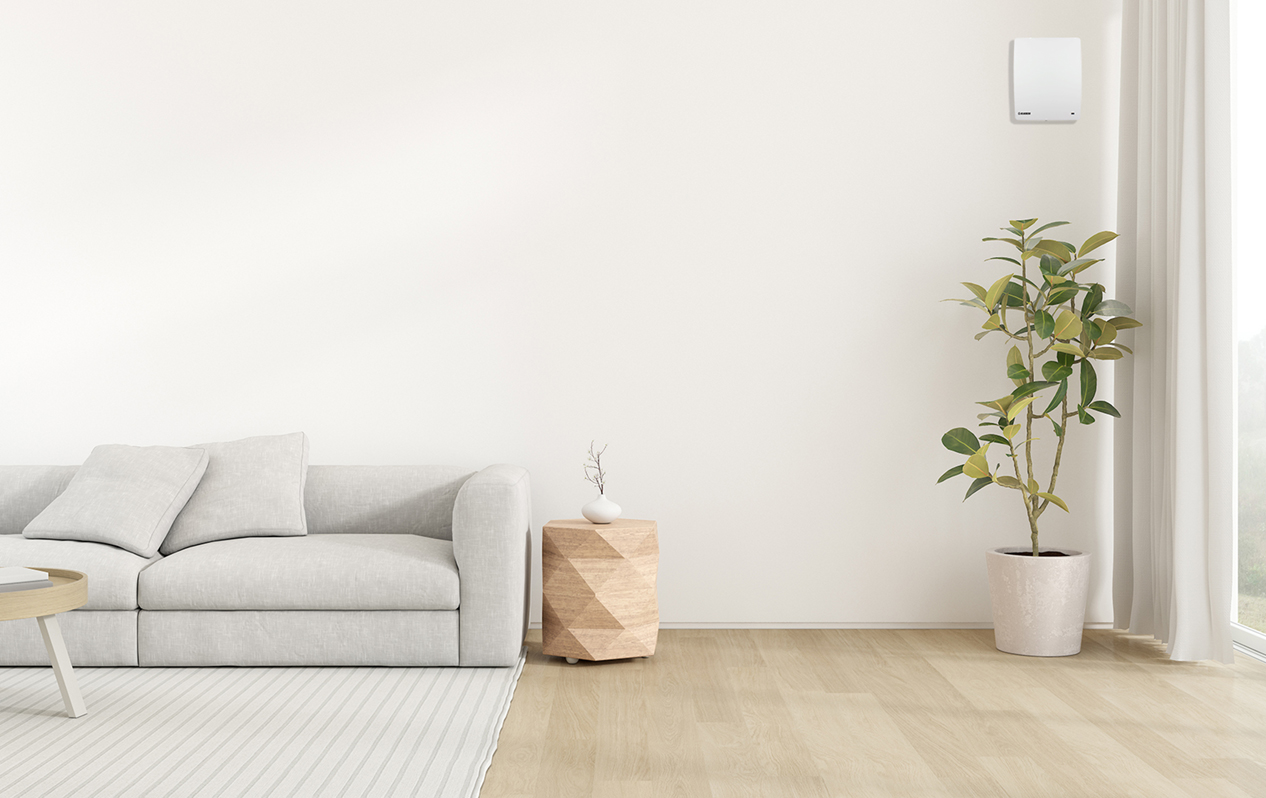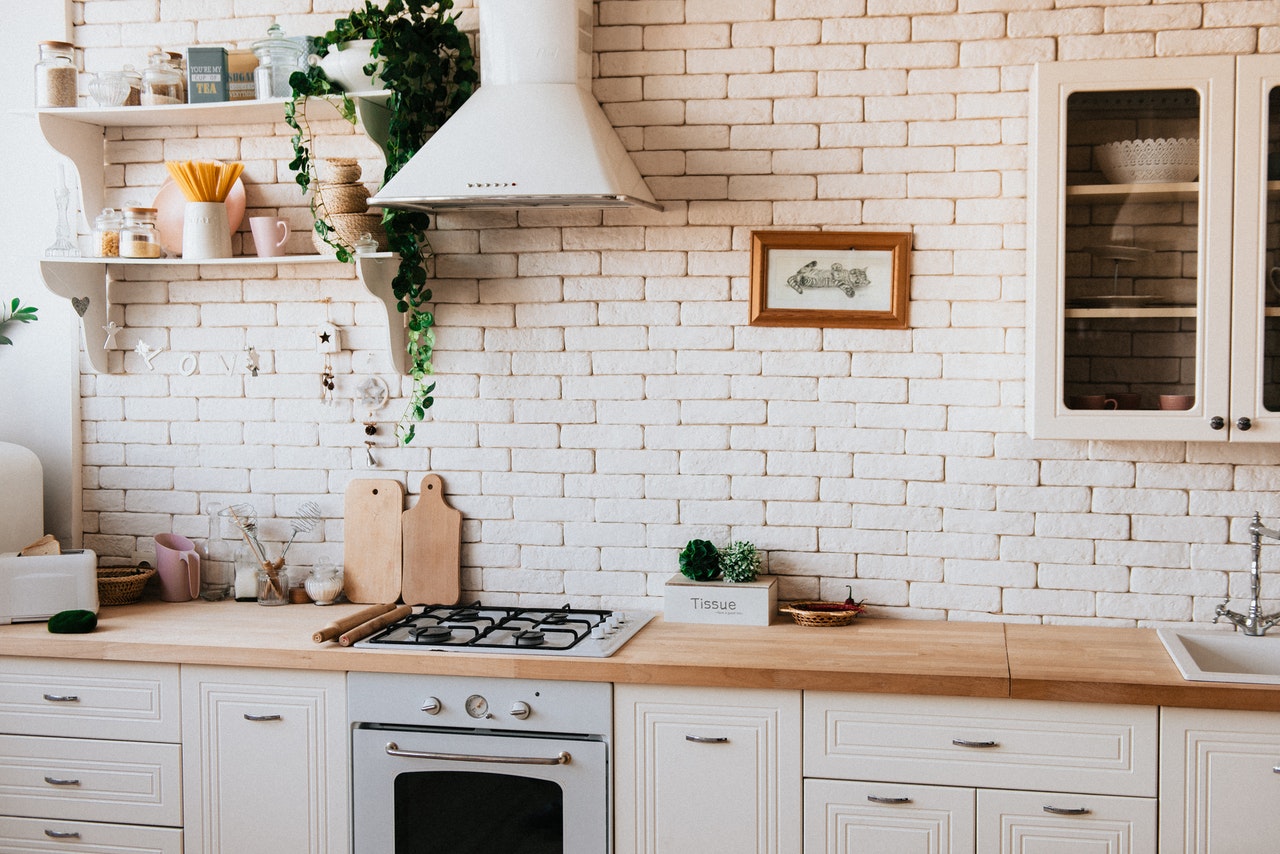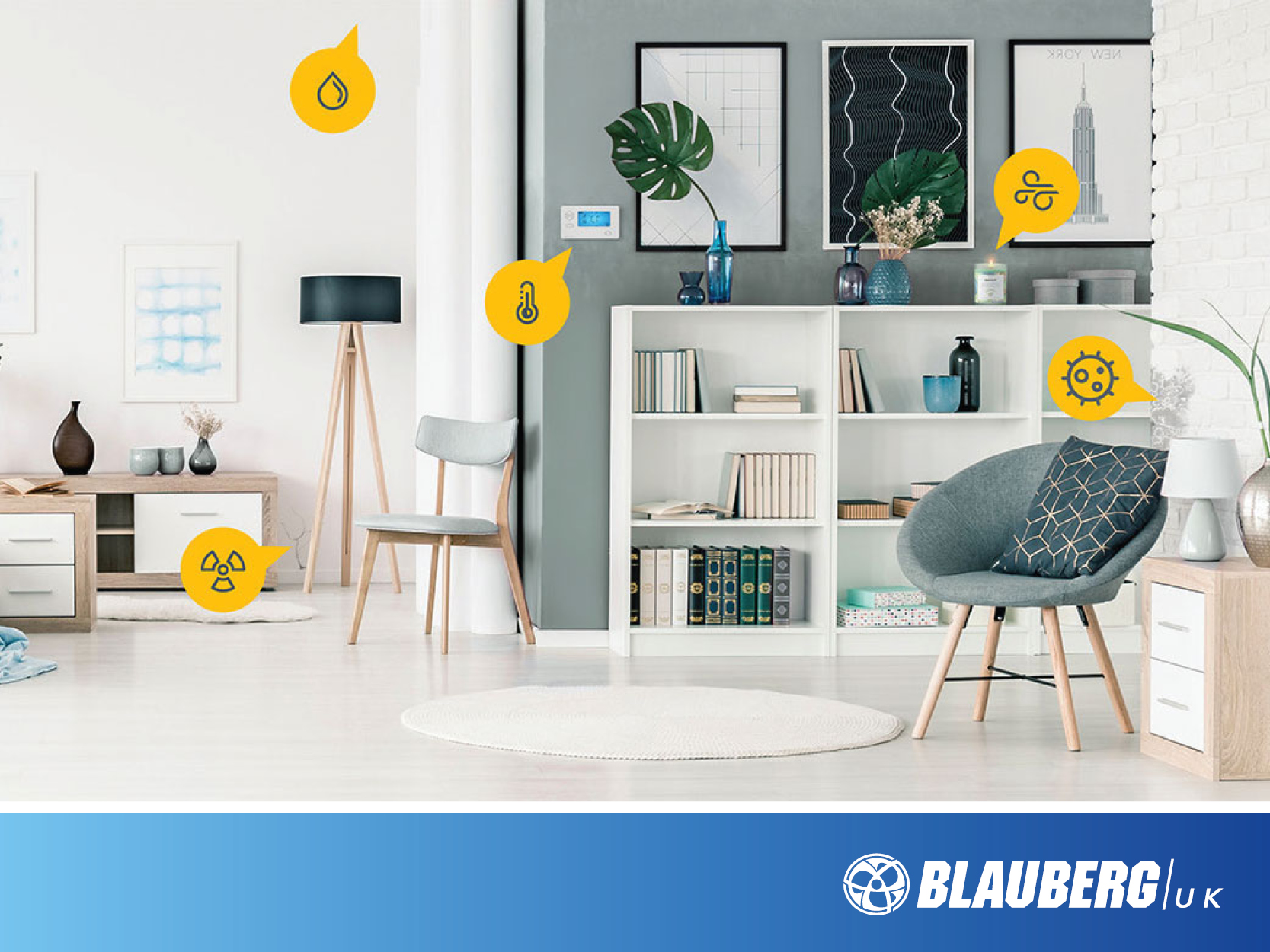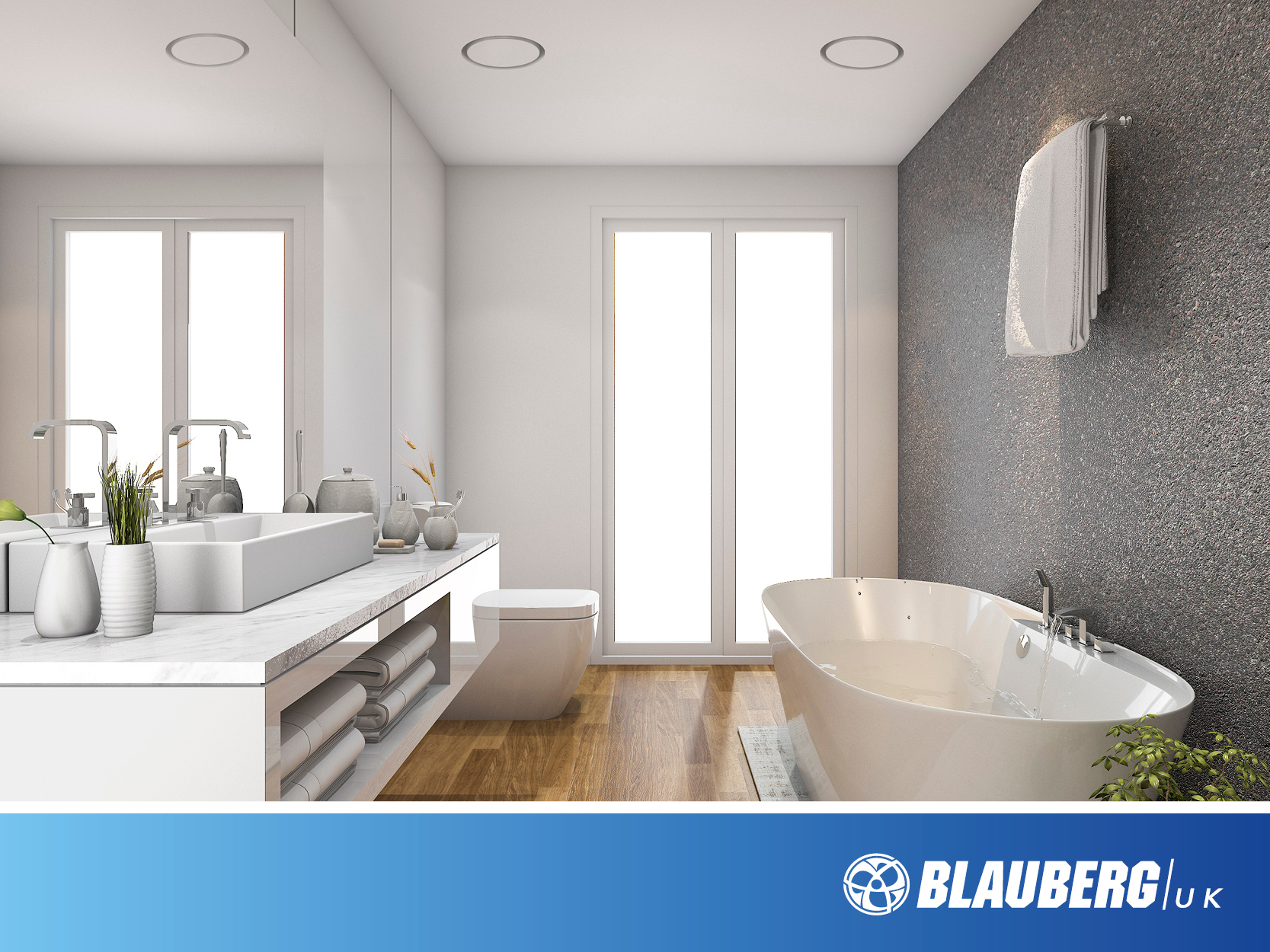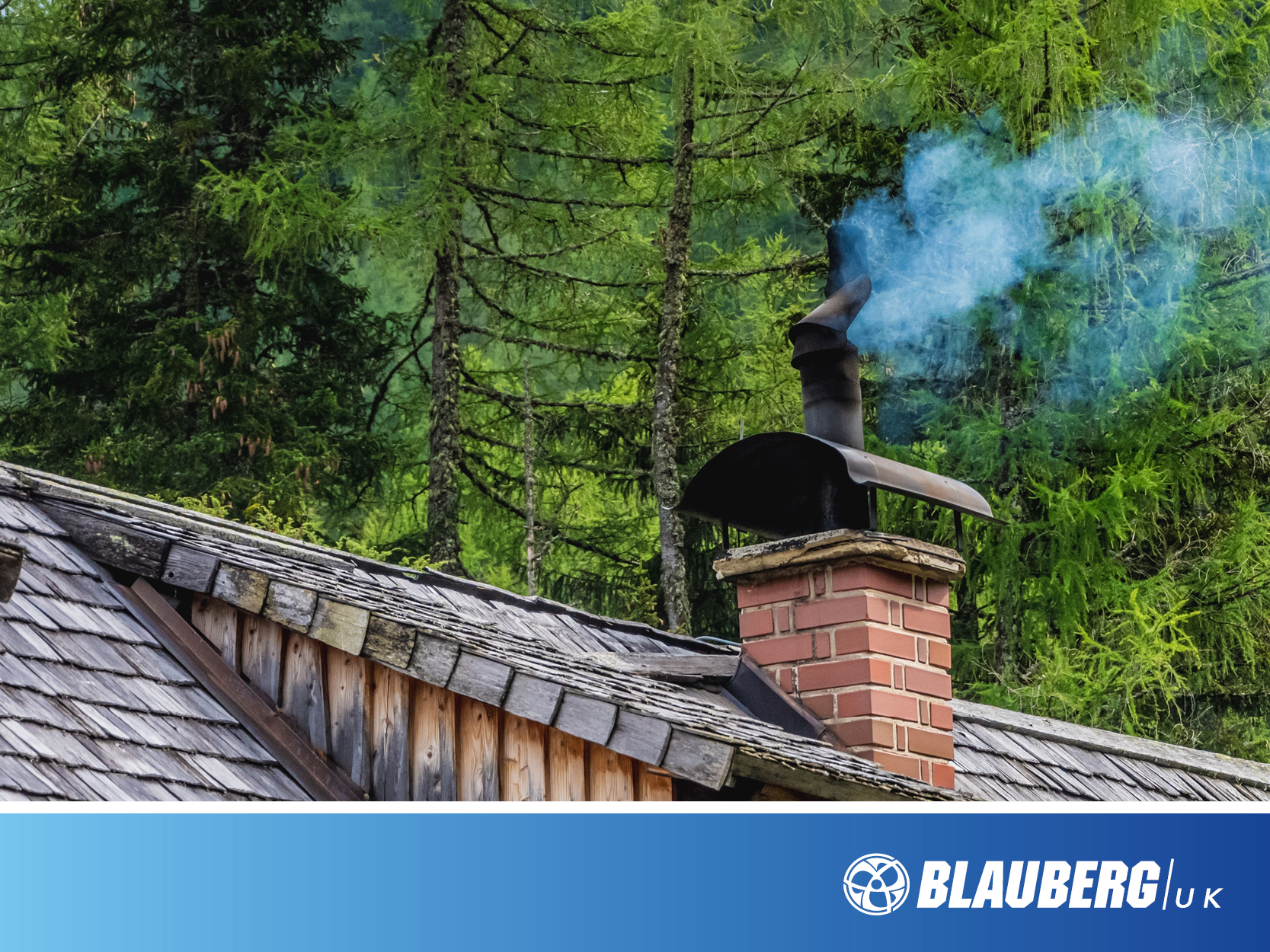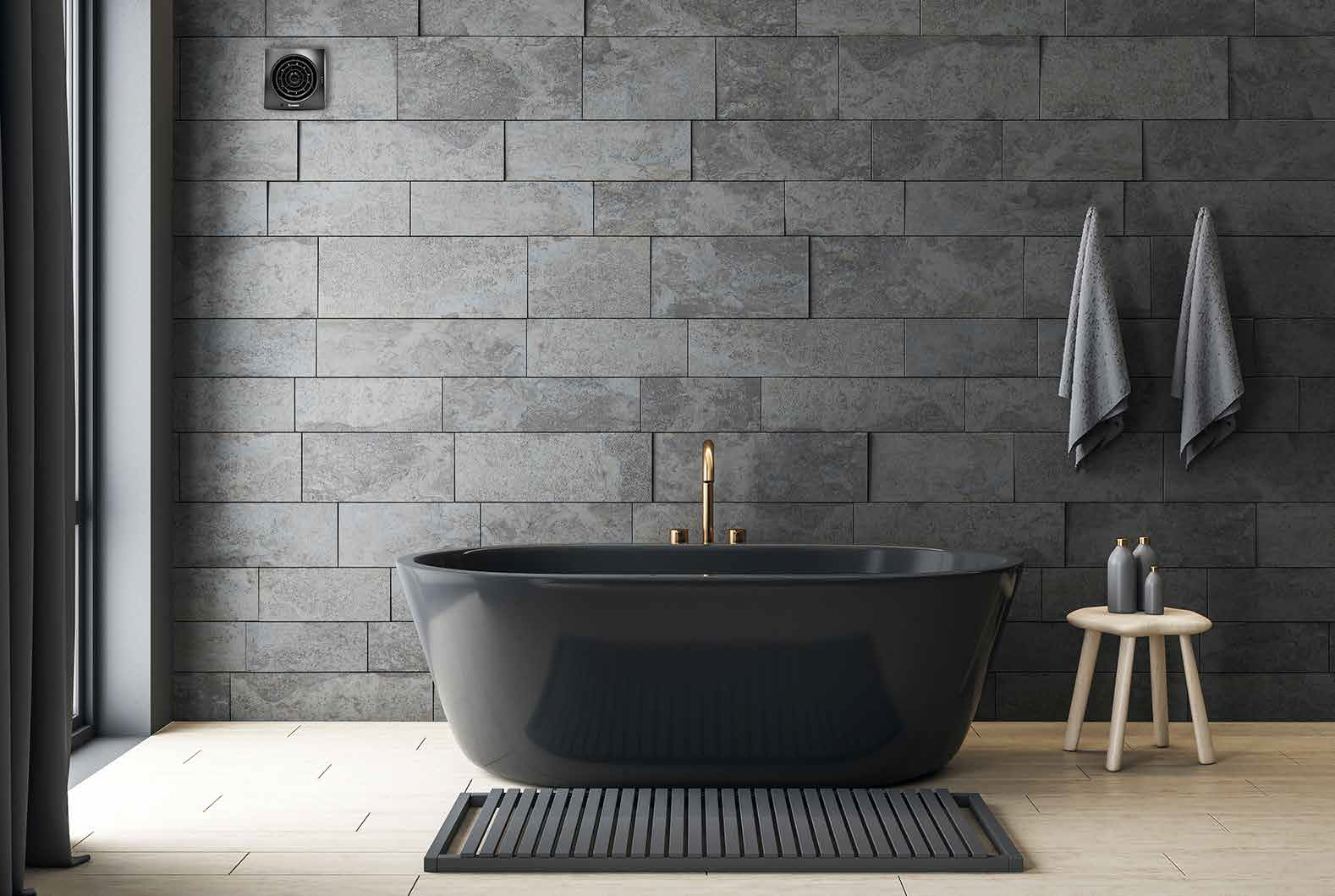Correct MVHR Design is Not Always About the Obvious
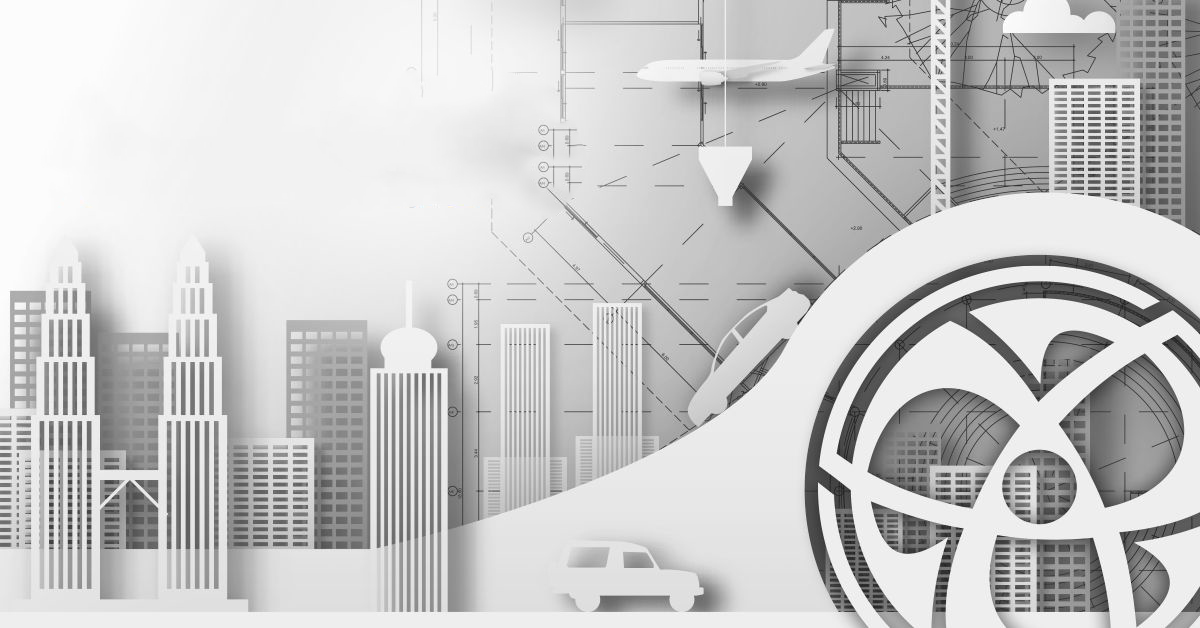
Correct MVHR Design is not Always About the Obvious
All things considered, selecting ventilation systems for modern airtight buildings should not be overly challenging. However, far too much focus on the obvious factors of ventilating a building can cause problems later down the line.
It is clear that attention is needed in important areas such as thermal efficiency and energy consumption. Why would they not? The main reason we are considering a heat recovery ventilation system is to recover as much lost heat as possible with minimal cost to the environment, aren’t we? Of course. However, to much focus in these two important areas often leads to the selection of smaller MVHR units, running at full speed continuously, with no consideration to noise, vibration, and no additional capacity to boost extract and supply air when needed.
An independent survey showed that numerous examples of MVHR systems were failing due to the occupants switching them off. The reason that these units were being switched off was found to be noise.
Occupants complained that MVHR units were too noisy during the night would be switched off before going to bed. This led to poor air quality, sub-standard ventilation, condensation build-up, black mould and, in some cases, health issues. This is a big no no when incorporating MVHR into airtight buildings as all of these issues are compounded.
By simply selecting a larger MVHR unit, running at slower speeds and following a 40%/70% airflow rule, all these issues can be addressed.
Follow the 40/70 Rule
When calculating the buildings required airflow requirements, insure that:
- The trickle rate is no more than 40% of the MVHR units full speed.
- The boost rate is no more that 70% of the MVHR units full speed.
You can see from this example of an airtight, 3 bedroom new build house the effects of selecting a larger unit has on noise, energy efficiency and airflow capacity.

Another example, if a house requires a trickle airflow rate of 38 l/s and a boost requirement calculated at 62 l/s, you might assume that a unit that is capable of 80l/s, at the relevant resistance to your ductwork system, would be adequate.
The problems that you could encounter with this are that the unit would be running on trickle (all day and all night) at 47.5% of its total capacity and would boost to 77% of its total capacity. If you have ever had the chance to experiment with the engineering mode of a heat recovery unit, you will know that the difference between an acceptable trickle rate of 37.5% and a seemingly acceptable rate of 47.5% is significant in terms of noise and, let’s not forget, energy consumption.
With modern house designs favouring ever increasingly spacious homes that have a disproportionate ratio of individual rooms to overall floor space, I often find that the calculations for the trickle rate actually exceed the calculated boost rate and, as such, a single rate is used. With this in mind it becomes even more important to ensure that the specified unit is not going to ever be switched off and, by following the simple rule of no more than 40% of total capacity for the trickle rate and 70% for the boost rate, you’ll know that you’ll not be getting a call back from an unhappy customer
Let Blauberg Help
We at Blauberg have a team of experienced MVHR designers and now offer a full design service free of charge to architects, house builders and designers .
- Complete design package from concept to completion.
- Access to your own specialist and certified heat recovery ventilation design engineer.
- Full technical package including drawings, airflow calculations, energy savings and system evaluation.
- Expert advise on the best system for your needs: airflow requirements, heating, filtration and controls.
- Every design is guaranteed to meet Building Regulations.
- Full price of this package is redeemed when you purchase your designed Mechanical Extract Ventilation System.



